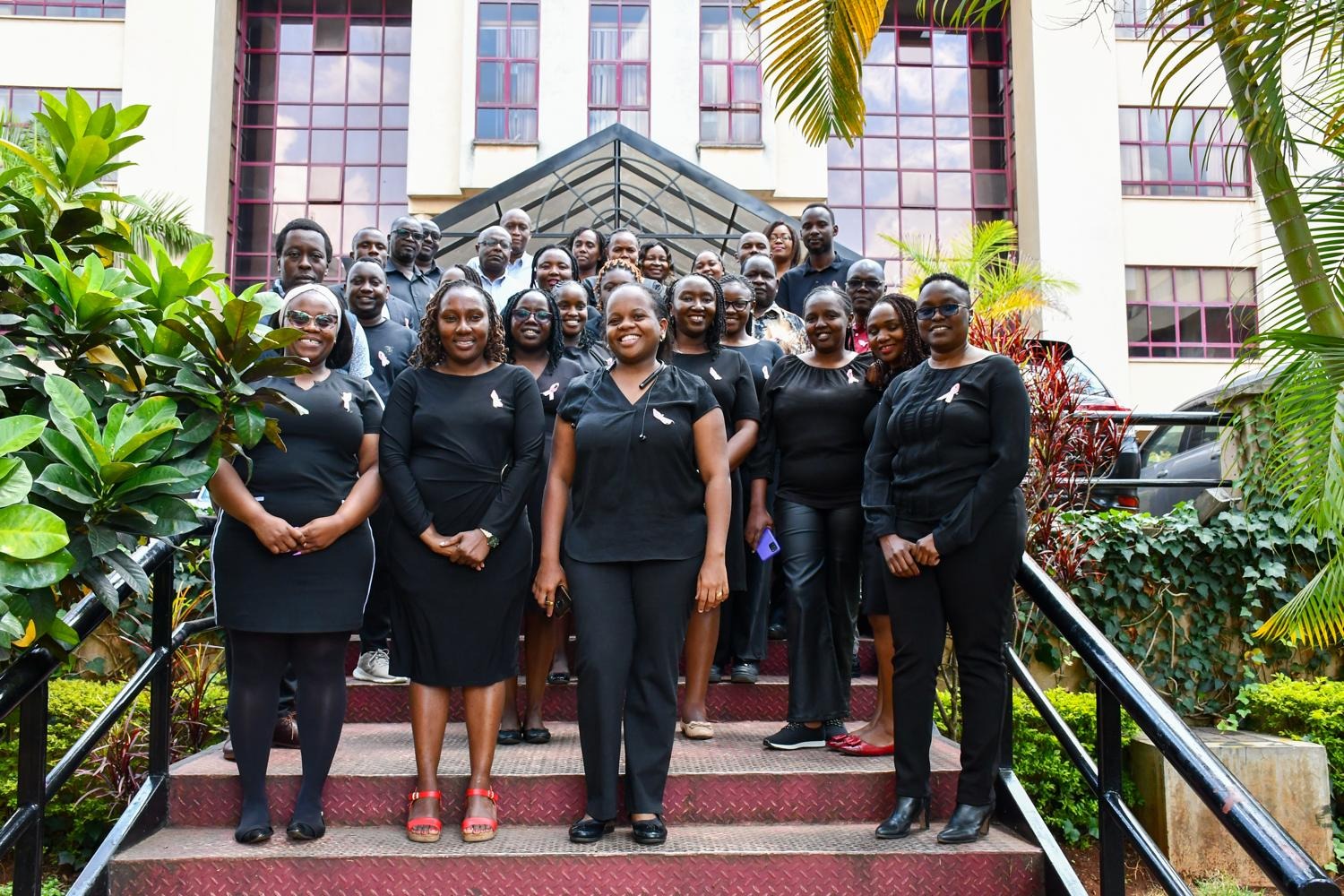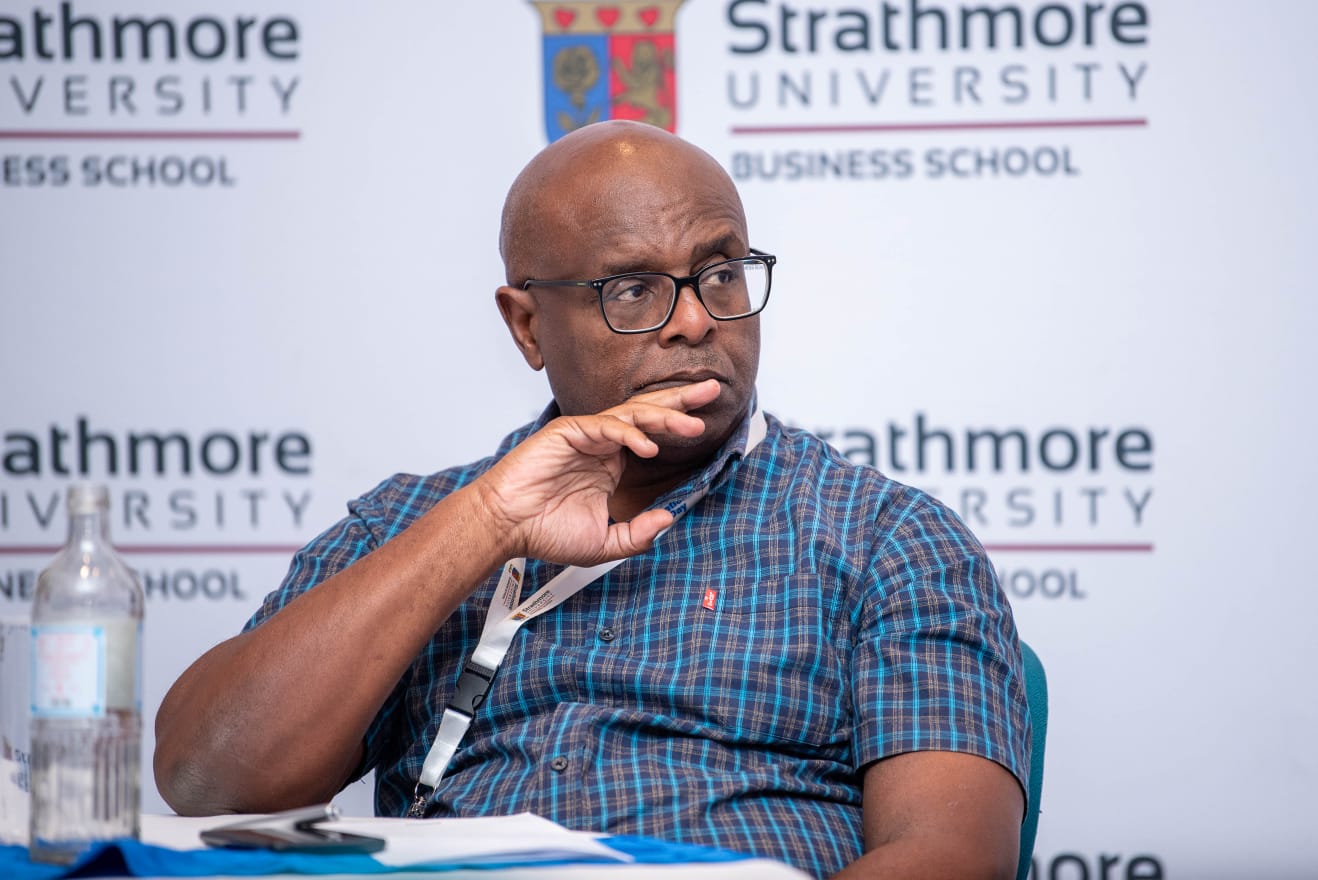What if men had a daily pill that shifted the balance of contraception? After decades of women carrying most of the responsibility, from the pill of the 1960s to implants, injections, and IUDs, science is inching closer to giving men an option beyond condoms or vasectomy. But would different generations embrace it the same way?
For Baby Boomers, contraception was often whispered about rather than openly discussed. Condoms were the go-to, while women quietly navigated the early pill and its side effects. For many, the idea of a male pill might feel like a radical departure from the familiar, stirring more skepticism than excitement.
Millennials came of age in a more open era, where conversations about HIV prevention, reproductive rights, and family planning were mainstream. With more contraceptive choices available, they may see the male pill as overdue but still worry about consistency. Will men really remember to take it?
Gen Z, meanwhile, is rewriting the rules of relationships and equality. With social media amplifying debates on fairness and shared responsibility, this generation could be the one to normalize the male pill. Memes, humor, and digital dialogue may be just as influential as medical data in shaping their acceptance.
At PS Kenya, this conversation is already underway. Through programs like DESIP and Accelerate, we have worked to address male hesitancy by using social and behavior change communication to promote dialogue and shift mindsets. From encouraging men to accompany their partners to health facilities, to creating spaces where both genders openly discuss contraceptive choices, these interventions show that shared responsibility is not just a future ideal but a growing reality.
The male contraceptive pill, then, is more than just a scientific breakthrough; it is a cultural one. Each generation brings its own lens, history, and questions to the table. And as the science progresses, the test may not just be in clinical trials, but in whether society is ready to embrace a new story of family planning one written by both men and women.



